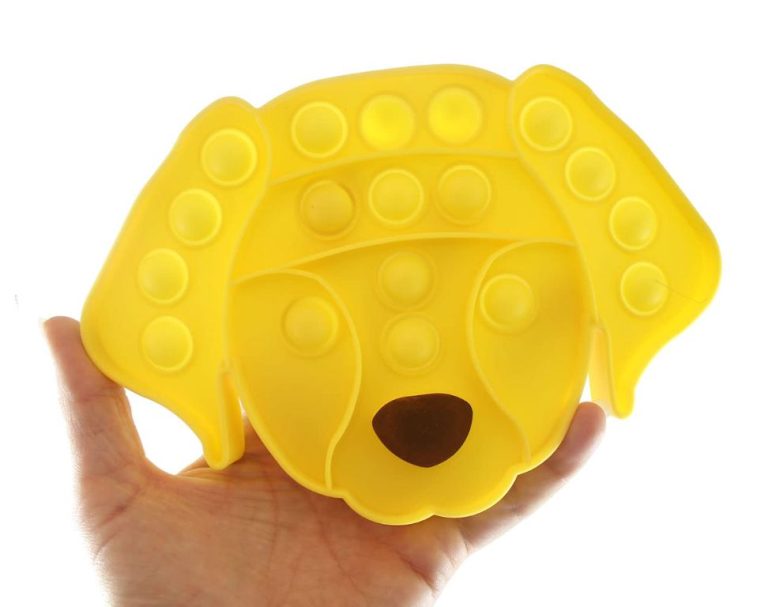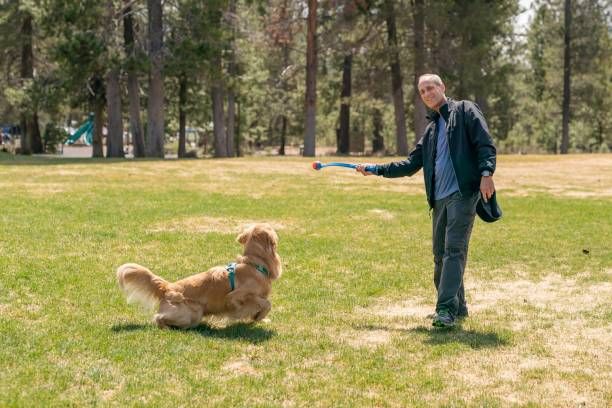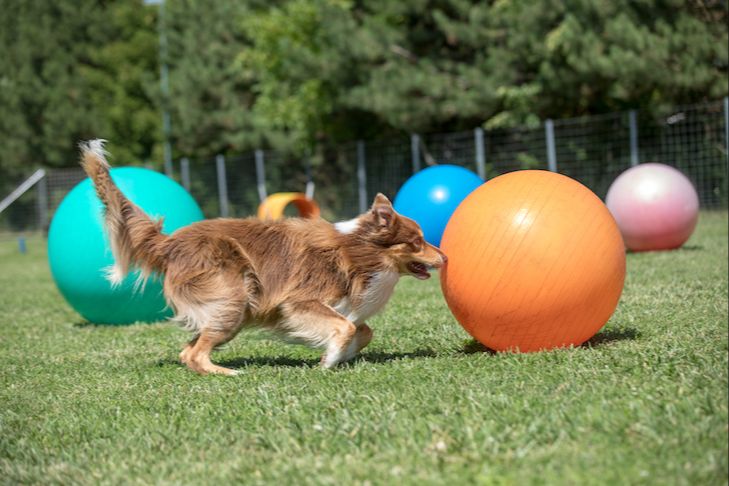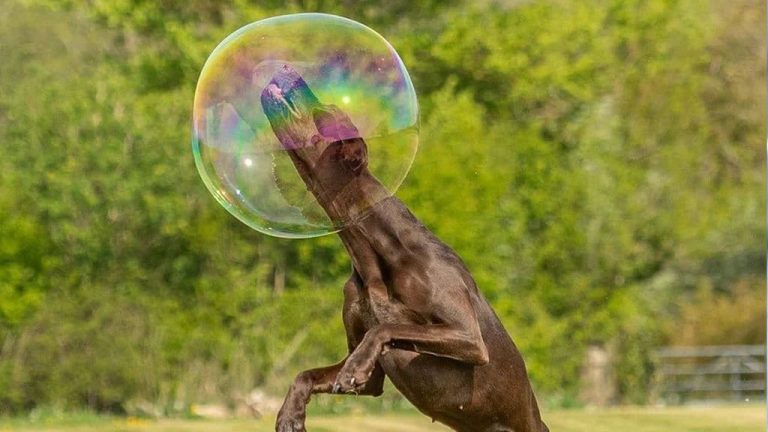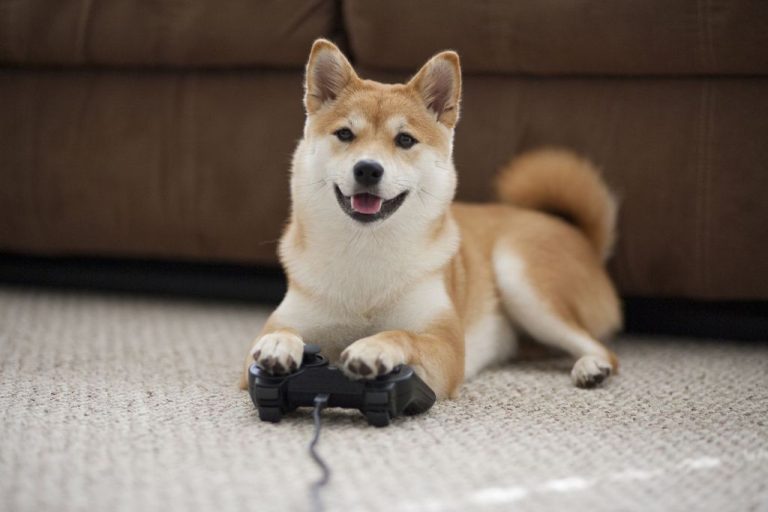Diy Doggy Playground: Endless Fun For Fido
This article will provide dog owners with comprehensive guidance on building a DIY dog playground in their backyard. We’ll cover important considerations like space requirements, safety, proper agility equipment and toys to include, landscaping, custom touches, and maintenance. The goal is to enable dog owners to create a stimulating, enriching environment where their furry friends can play, exercise, and have fun right at home. An ideal DIY doggy playground allows pet owners to bond with their dogs while providing the physical and mental stimulation pets need to stay happy and healthy.
Space Requirements
When designing a DIY dog playground, one of the most important considerations is determining the ideal space needed. According to the American Kennel Club, a dog park should have at least one acre or more of land for optimal space and layout (Designing Dog Parks). The space should be fully enclosed with fencing on all sides to keep dogs safely contained.
For small or medium sized dogs under 50 pounds, plan for at least 70 square feet of space per dog. Larger dogs over 50 pounds need more room to play and should have at least 100 square feet each (How Much Space Do You Need to Run a Dog Daycare?).
The layout should include open grassy areas for running and playing, shaded rest zones, obstacles for agility, and interactive toys spread throughout. Having ample room allows dogs to get their needed daily exercise.
Safety Considerations
Building a safe DIY dog playground is essential to protect your pet. Consider the following safety factors when designing your space:
Fencing
Install secure fencing around the entire perimeter of the playground to prevent escapes. Fencing should be at least 5-6 feet tall with gates that latch securely (Dog Park Safety Tips). Bury fencing 1-2 feet underground or install concrete footings to prevent digging under.
Shade
Provide ample shade for dogs to cool off and avoid overheating. Use shade trees, shade cloths, or a covered area of the playground (Dog Park Safety). Leave some areas open to the sun as well.
Supervision
Do not leave dogs unattended in the playground. Provide human supervision at all times to monitor play and ensure safety.
Materials
Use non-toxic materials free of hazards. Avoid physical hazards like sharp edges. Select soft, natural surfaces like grass, sand, or mulch.
Agility Equipment
Agility equipment provides physical and mental stimulation for dogs. Some key pieces to include are tunnels, jumps, and teeters (Source).
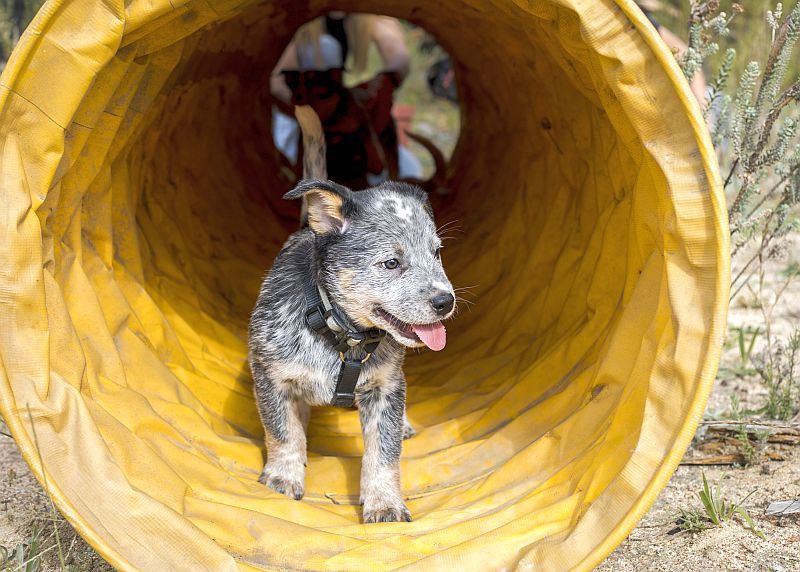
Tunnels are a great way to build confidence in dogs. You can make simple tunnels out of PVC pipe or flexible drain pipe. For jumps, use PVC to make the uprights and wood or PVC for the jump bar. Start low and work up to higher heights. Teeters are seesaw-like structures that dogs walk across – these help build balance and coordination. Use a long board and prop it up on a central fulcrum. Cover the board with a non-slip surface (Source).
When building any equipment, focus on stability and safety. Avoid sharp edges. Place agility equipment thoughtfully within the play space to allow dogs to run and move between obstacles.
Interactive Toys
To keep your dog mentally and physically stimulated, interactive toys are a must for your DIY doggy playground. Some great options include:
Treat dispensers like the Starmark Treat Dispensing Chew Ball slowly release kibble or small treats as your dog plays with it. Puzzle toys like the Nina Ottosson Dog Brick challenge your dog to lift lids, slide disks, and shift blocks to reveal hidden treats. For powerful chewers, Nylabone’s Dura Chew and Benebone options provide long-lasting entertainment.
Rotate different types of interactive toys to keep your dog engaged and interested each time they play. Supervise your dog with new toys and remove any damaged toys to prevent choking hazards.
Comfort Features
The comfort features of your DIY dog playground will keep your pup happy and healthy during playtime. Consider including a dog house or shaded area to give your dog a place to relax and cool down. According to the article Key Features of a Pet Comfort Station, pet comfort stations often include “Simple benches or camp chairs [which] are a welcome relief for pet owners.” You can build or buy benches and make sure to place them in shaded areas so owners have a comfortable place to supervise playtime.
Also consider adding a cooling station or doggy drinking fountain, as recommended in Top Qualities of a Great Dog Park. Cool, fresh water is essential for keeping pups hydrated on hot days. Strategically place water stations in shady spots so the water stays cool.
With dog houses, shade, benches, and cooling stations, your DIY dog playground will keep pets and owners comfortable for hours of fun.
Landscaping
When landscaping your DIY dog playground, it’s important to choose elements that are safe, durable, and easy to maintain. According to Our Top 5 Tips for Landscaping a Dog Park (https://homescapenow.com/news/our-top-5-tips-for-landscaping-a-dog-park), using a combination of grass, trees, gravel, and proper drainage can create an ideal space.
Grass is a classic choice for dogs to run and play on. Select a hardy, durable grass that can withstand heavy traffic and urine spots. Trees provide shade and a natural look, but avoid planting ones with fallen fruit or nuts that could be harmful if ingested. Gravel paths are attractive and low maintenance, allowing the space to drain. Ensure the gravel isn’t sharp. Proper drainage with graded areas and drainage pipes prevents pooling of water and messy mud pits.
When planning the landscaping, consider adding hose bibs for easy clean up and benches for pet parents. Simple landscaping elements like these help make your DIY dog playground both functional and beautiful.
Custom Touches
Getting creative with custom touches can help your DIY doggy playground stand out. Consider adding personalized elements to reflect the unique style and personality of you and your pup. Popular custom accents include:
Signs and Artwork – Fun signs with your dog’s name or paw prints make adorable additions. Paint a mural, stencil patterns, or add chalkboard areas where you can update messages. Framed photos of your furry friend also add personality.
Theme – Pick a fun theme and decorate accordingly. Ideas include sports, beach, circus, or your dog’s favorite TV character. Bring the theme to life with props, colors, and details. A pirate playground could have a wooden “ship” structure, water container “ocean,” and sunken “treasure” toys to discover.
DIY Elements – For special homemade touches, get creative with playhouse designs, tunnels from tires or cardboard, treat stations, stepping stones, digging pits filled with sand/soil, and interactive feeding bowls or puzzles. Changing up some areas seasonally also keeps things exciting.
Whatever custom additions you dream up, just be sure they are safe and don’t pose risks of splinters, chewing hazards, toxic paints or plants, or ability for dogs to escape or get stuck. With thoughtful planning, you can design an ideal play space as unique as your pup!
Maintenance
To keep your DIY dog playground clean, safe, and functioning properly, plan on dedicating time for regular maintenance and repairs. According to Playcore, daily tasks should include inspecting waste stations, emptying trash cans, and removing graffiti. Twice a year, do a thorough inspection of all equipment, surfacing, fences, and amenities as recommended by PetPro Supply Co. Check for hazardous conditions like sharp edges, rust, and instability. Make any needed fixes immediately.
To keep costs down, consider recruiting volunteers or setting up a donation fund for maintenance. Post clear rules requiring owners to clean up after their dogs. Install stations stocked with waste bags, trash cans, and a hose bib for spraying down messes. A paw washer placed at the exit lets dogs clean their paws before leaving. Provide adequate lighting if the park will be used at night. Consider security cameras if supervision is difficult.
With some diligence, you can keep your DIY dog playground clean, safe, and ready for playtime. Proper maintenance will extend the life of your park and equipment for years of frolicking fun.
Maximizing Use
To maximize the use and enjoyment of your homemade dog park, focus on scheduling regular playtimes, facilitating socialization, and providing enrichment. Set aside at least 30-60 minutes 1-2 times per day for supervised play and interaction in the park space. Having a routine schedule will help your dog look forward to park time.
Take advantage of the space to socialize your dog in a safe environment. Invite over other dogs you know who are fully vaccinated and have compatible play styles. Rotating through different canine playmates will keep the interactions positive and prevent boredom. Monitor all play sessions carefully to prevent bullying.
Keep your dog mentally and physically engaged by frequently rotating toys and changing up obstacles or layouts. Introduce novel smells and textures to pique curiosity. Provide puzzles and games that challenge your dog’s problem-solving skills. Frequent enrichment will prevent habituation and keep your DIY park exciting. For more ideas on maximizing engagement and enrichment, see this article from Better Cities for Pets.


